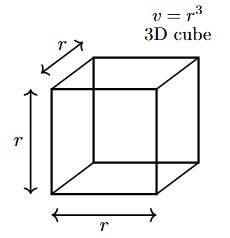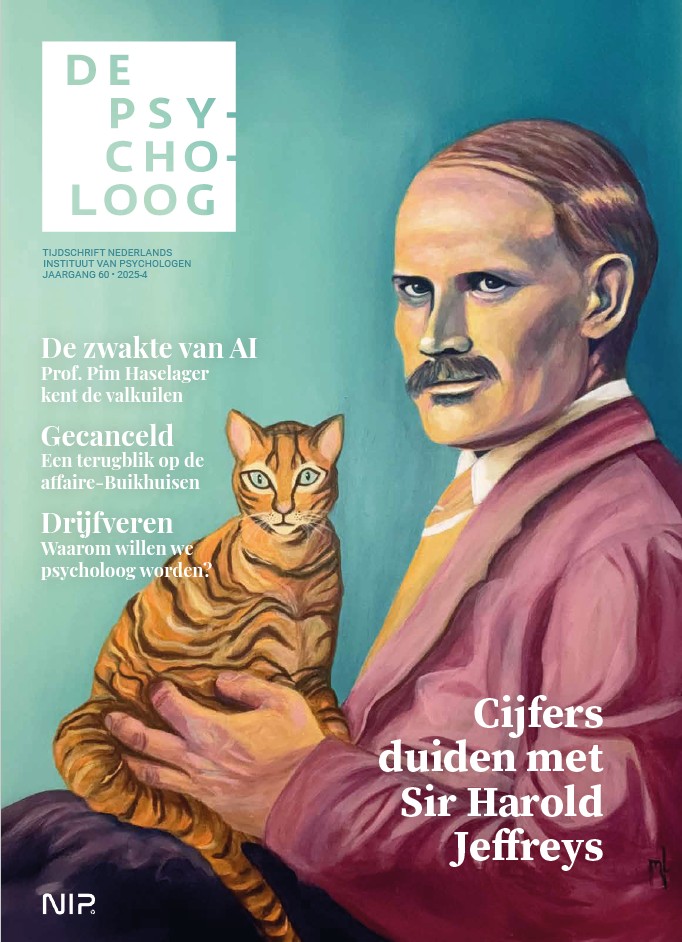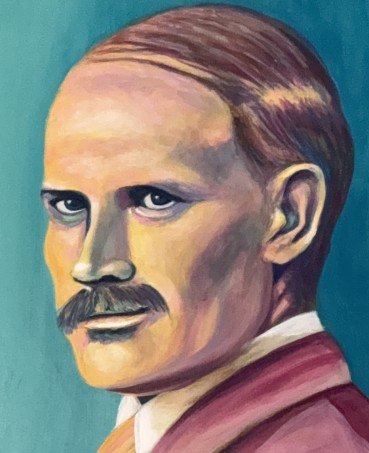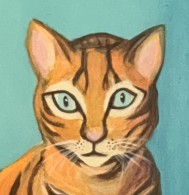A Geometric Intuition for the Logarithm

The logarithm is a key concept in mathematics and statistics. Most students will be introduced to the logarithm as the function that is the inverse of exponentiation, or the function that turns multiplication into addition. But without a good intuition of what the logarithm actually is, students can struggle to remember how to compute the logarithm of base r for…
read more





